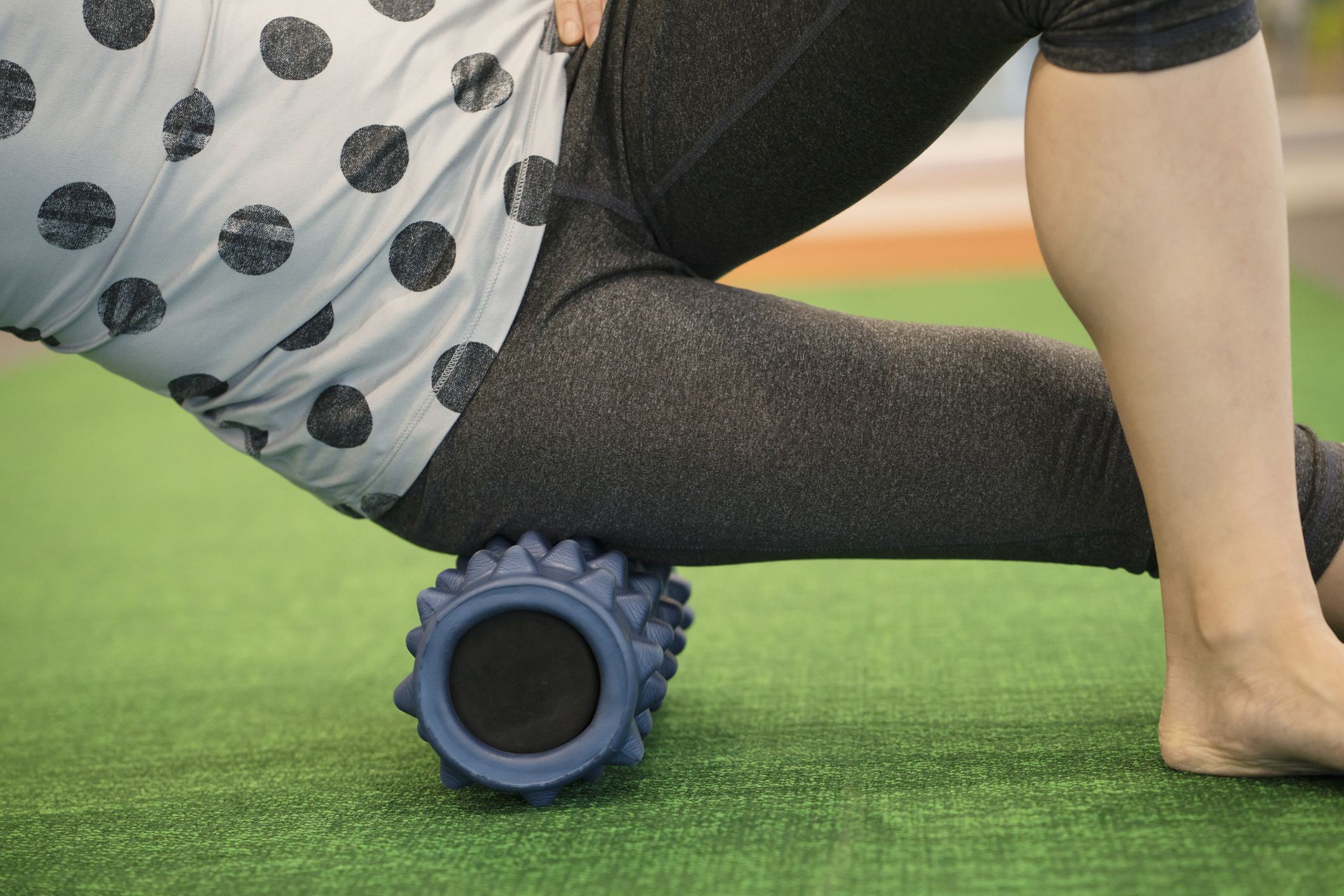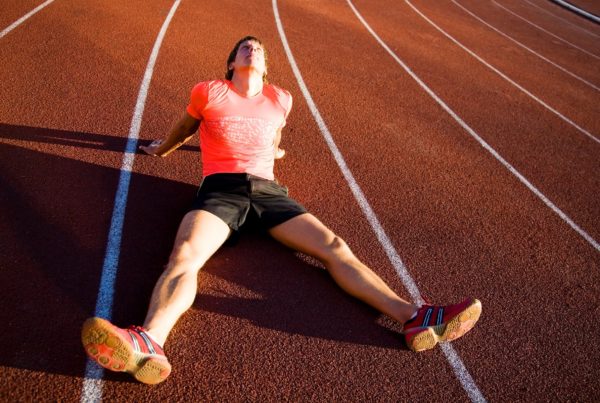Iliotibial Band Syndrome is a condition affecting many running and cycling athletes. Symptoms include pain localized to the lateral side of the knee and an inability to run or ride without pain. The syndrome may simply be a result of overuse, but most of the time it is caused by biomechanical issues within the back, hips, and lower extremities. Traditional therapy methods of icing, stretching, massage, and strengthening are often ineffective because they do not address the root cause of the problem.
A Bad Rap
 A tight IT Band often gets the blame for the misery associated with the syndrome. Therefore, most therapy programs target stretching the tendon via foam rollers, massage, and typical stretching methods. The problem with this approach is it rarely addresses the cause and it is very questionable as to whether the IT band can even be stretched. Our belief is it cannot be stretched. Personally, I have tried stretching IT bands for much of my career without any success. Then I realized it is not just another tendon. The iliotibial band is really part of a long musculotendonous chain extending from the knee up to and including the diaphragm. See Fig. on left.
A tight IT Band often gets the blame for the misery associated with the syndrome. Therefore, most therapy programs target stretching the tendon via foam rollers, massage, and typical stretching methods. The problem with this approach is it rarely addresses the cause and it is very questionable as to whether the IT band can even be stretched. Our belief is it cannot be stretched. Personally, I have tried stretching IT bands for much of my career without any success. Then I realized it is not just another tendon. The iliotibial band is really part of a long musculotendonous chain extending from the knee up to and including the diaphragm. See Fig. on left.
Included in this chain of muscle and fascia are the diaphragm, psoas, tensor fascia lata, vastus lateralis and lateral hamstring all indiscriminately linked together. Stretching such an involved structure is difficult at best. Therefore, the tension and overuse of the entire chain needs to be released. At Edge PT, we use Postural Restoration to quickly and easily reposition the pelvis and thereby eliminate “ITB tightness”.
Other Factors
Although the ITB gets most of the blame, it’s really the position and alignment of the back/pelvis, hips and lower extremities that should take responsibility. Those with ITB Syndrome typically have thighs that turn inward excessively (internal rotation) combined with lower legs that are also rotated excessively. Controlling this abnormal lower extremity alignment also starts with pelvic repositioning and is followed with strengthening of the glute muscles. Orthotics may be required to control foot and lower leg alignment. Once neutral alignment is restored, and muscles are trained to preserve neutrality, the stress on the ITB is resolved and the symptoms are eliminated.





